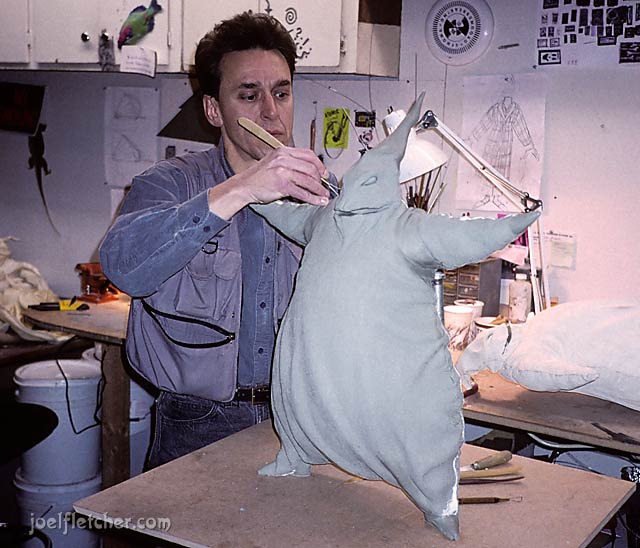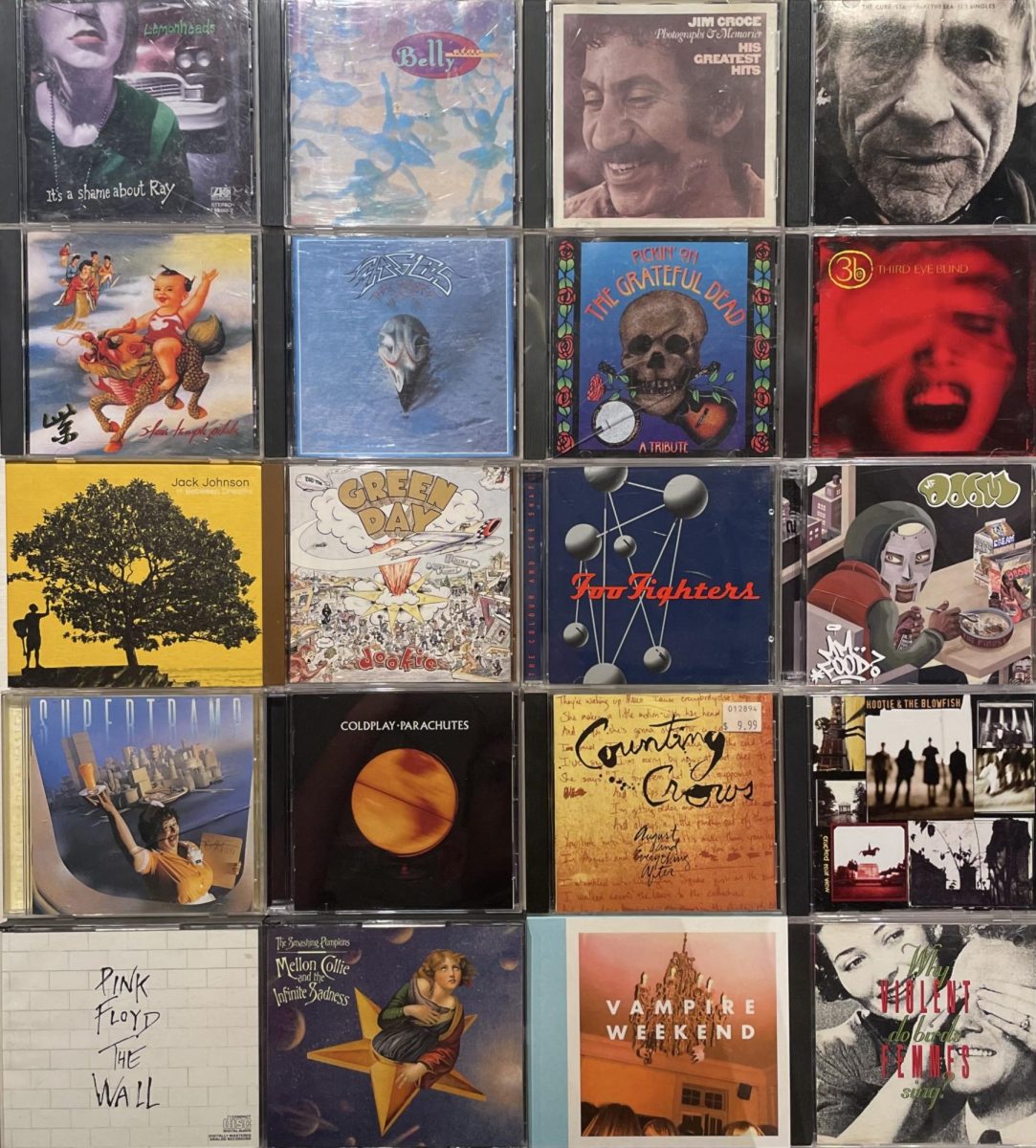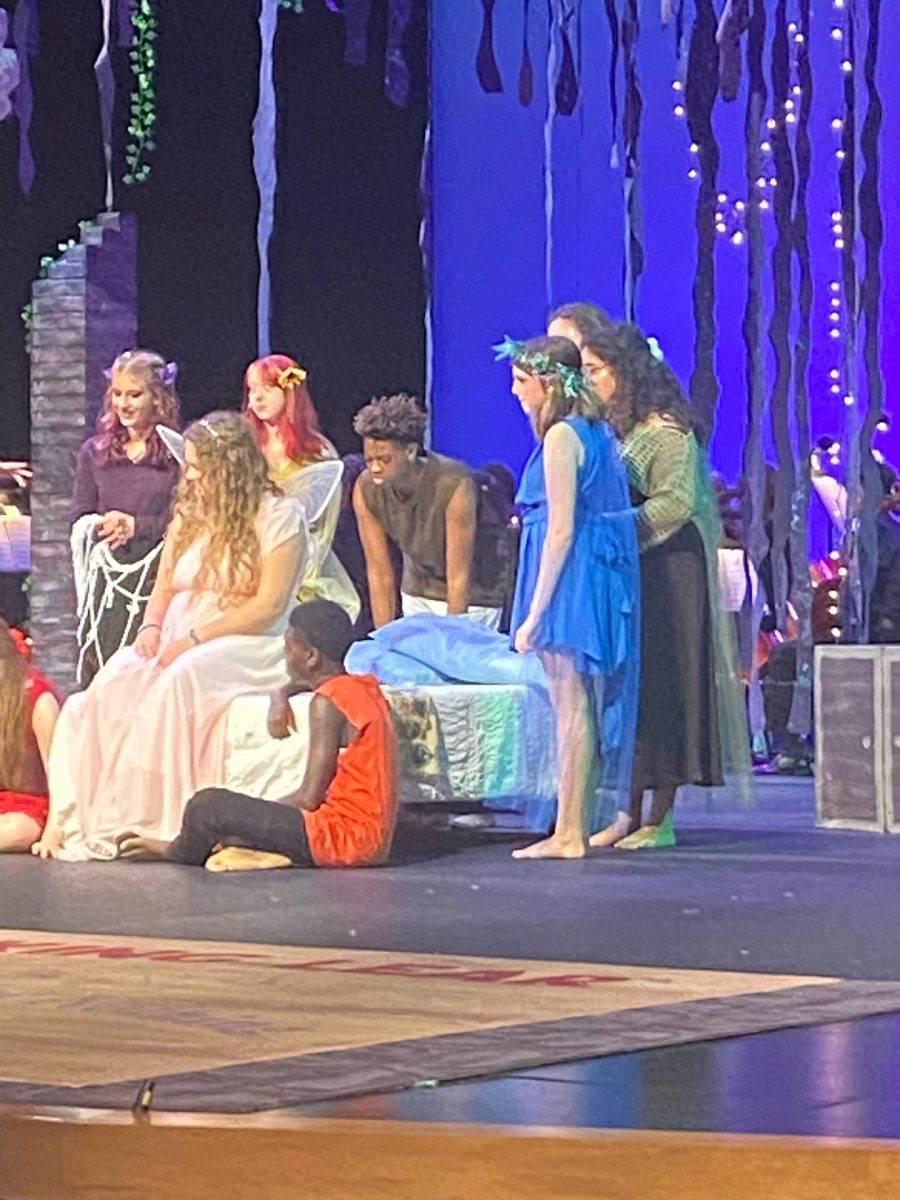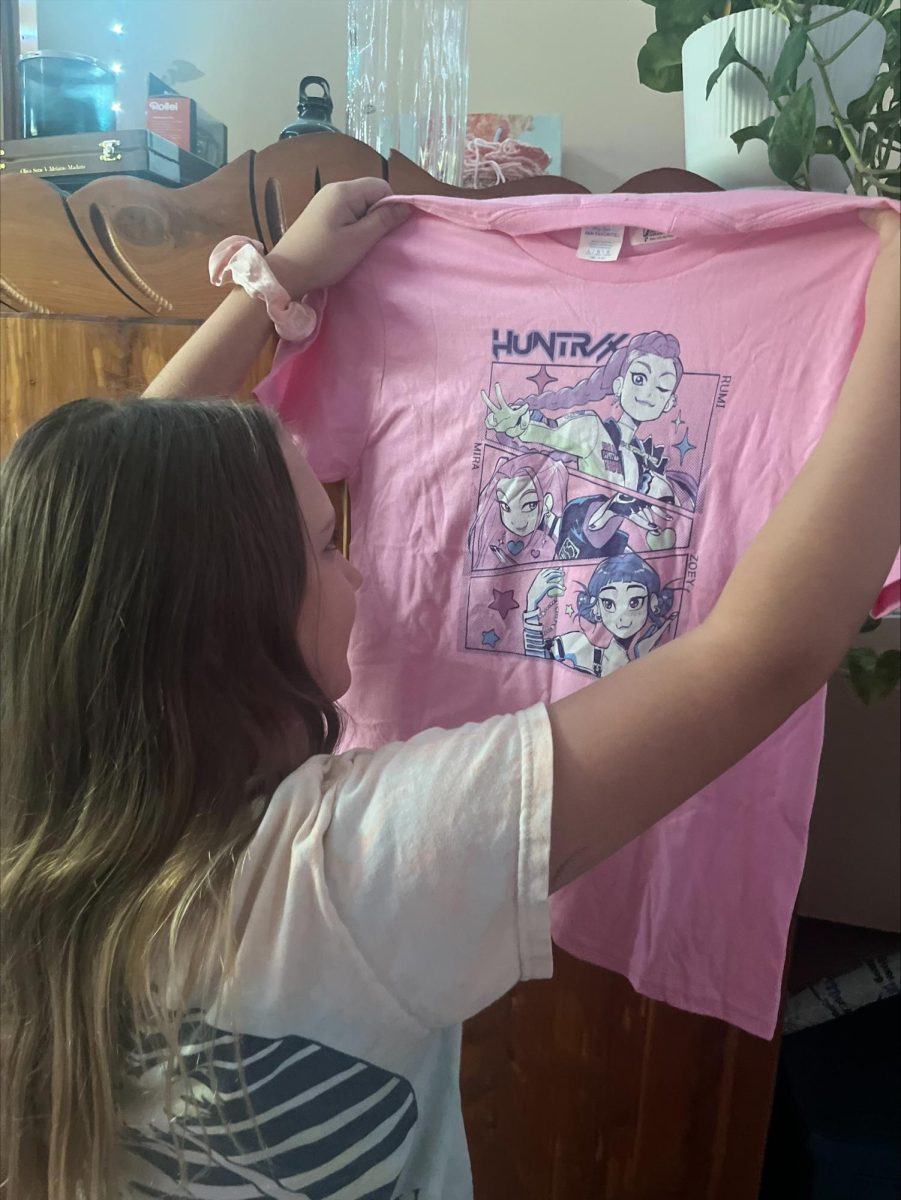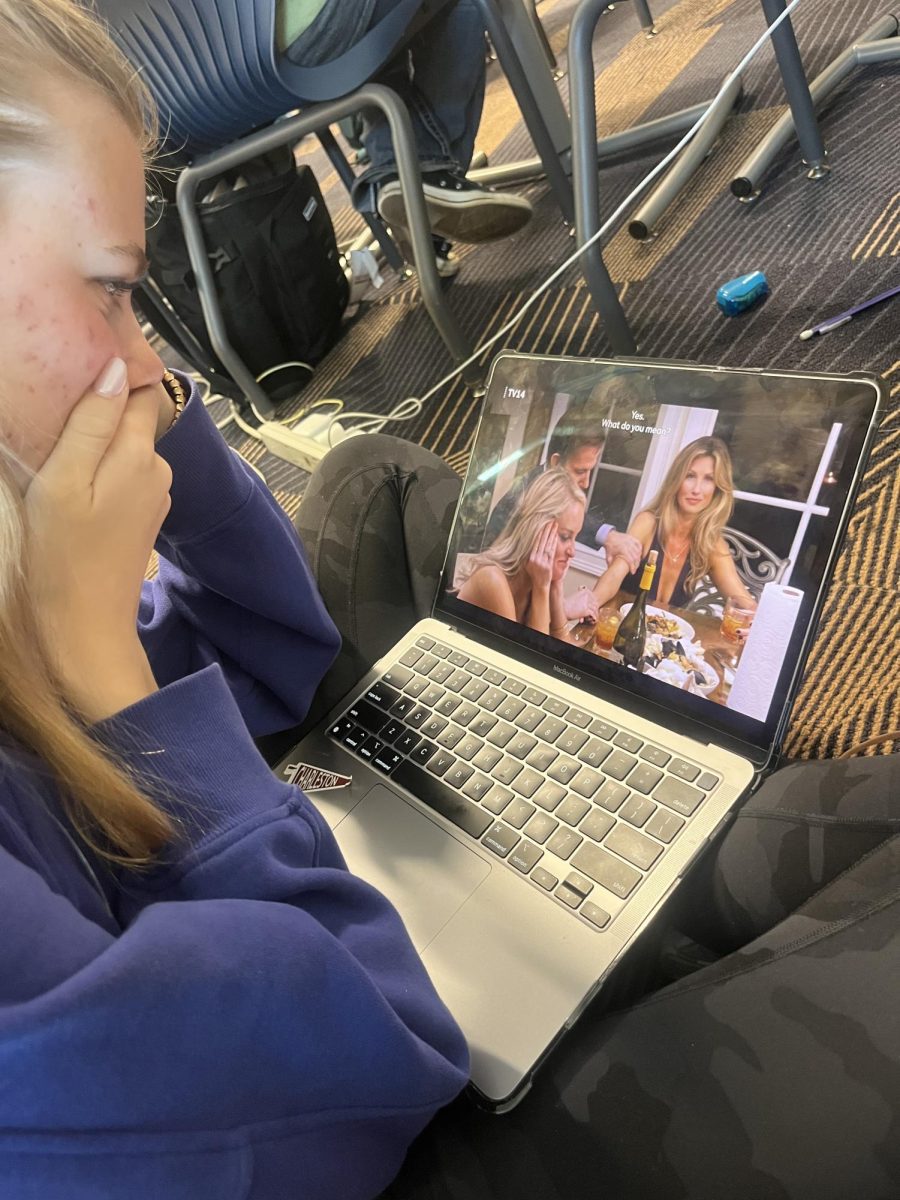Animation is continuously becoming more and more realistic. In the past 20 years, computer-generated imagery, CGI, has become a popular tool for animators and helps expand creative freedoms when animating. Movies including “Spider-man: Into the Spider-Verse” and “Toy Story” challenged animators and showed audiences where animation is headed. As creators become more dependent on CGI, older animation styles, including stop-motion, are slowly dying. Claymation is a stop-motion animation technique that was most popular in the late 1930s and 1950s but made a comeback in the 1990s. From the precision of moving the characters to the editing, a Claymation movie takes a lot of time to create. Claymation is mostly known for its eerie aesthetics for Halloween movies, adding an extra layer of creepy to the characters and setting.
Lila Nguyen (11) hasn’t watched a Claymation movie since she was little and thinks the animation style could be dying out because of it. Her favorite Claymation movie is “Coraline.”
“I haven’t seen a Claymation film since I was in elementary school and it could possibly be an art that is dying, but you never know if a production is working on one since some are relatively long to make. I think the style is less popular though since movies with CGI and other advanced technology are becoming more popular,” Nguyen said.
“Coraline,” originally a book, was published in 2002 by Neil Gaimen. It’s about a young girl, Coraline, who discovers a secret door in her new house. One night, Coraline goes through the door to find another world that expected her arrival. As she explores, things take a turn for the worse. In 2009, LAIKA Studios brought the book to life through Claymation, adding to the comeback of Claymation movies. The effects and liveliness of scenes in “Coraline,” including the purple and blue tunnel Coraline crawls through to the other world and creepy style of the other mother, make the movie and stop-motion style memorable to the audience.
Henry Selick, writer-director for “Coraline,” is one of the best in the stop-motion animation field. In a recent interview, Selick chose Claymation because he knew of the effect and magic it would give to the plot of “Coraline.”
“There were many times when the easier thing would have been to use CGI, but I had this gut feeling that it would be better if it was all one piece as stop-motion,” Selick said. “I knew it would be special and very well made because we had incredible talent. The crew, the animators, were as good as can be assembled. That doesn’t necessarily equate to success or longevity, but I was hopeful.”
Tim Burton, animator and director, is known for his Claymation movies, including “Beetlejuice” and “The Nightmare Before Christmas.” “The Nightmare Before Christmas,” released in 1993, brings the audience into the world of holidays and what it would be like if holidays collided. The movie introduces Jack Skellington and Halloween Land, but Skellington wonders what it would be like if Halloween was different. As the story plays out, Halloween Land citizens take over the traditional Christmas festivities with Skellington playing the role of Santa. The animators working wanted to push the boundaries of their art and technical features when creating this movie. With the details of the fountain water and mirror reflections of characters throughout the movie, “The Nightmare Before Christmas” took over three years to make.
Kaitlyn Frost, art teacher at Spartanburg High School, says she thinks Claymation is fading, but animation in general takes the same skill as traditional art.
“Claymation, particularly in filmmaking through stop-motion techniques, seems to be fading. It appears that the Claymation style has shifted more towards digital methods. While filmmakers may still draw inspiration from Claymation for the stylized look they want to achieve in their animations, the traditional form is becoming less prevalent,” Frost said. “I believe animation is simply a new medium that an artist can choose to work with. Although advancements in technology, such as AI, present a different discussion, it’s important to note that animation still requires the same skills and knowledge that are necessary for traditional painting or drawing.”


